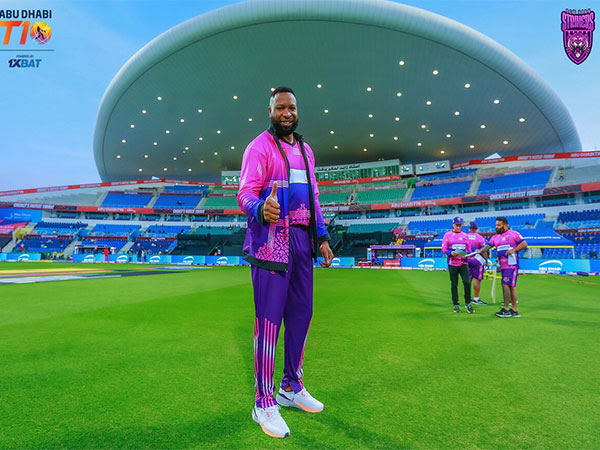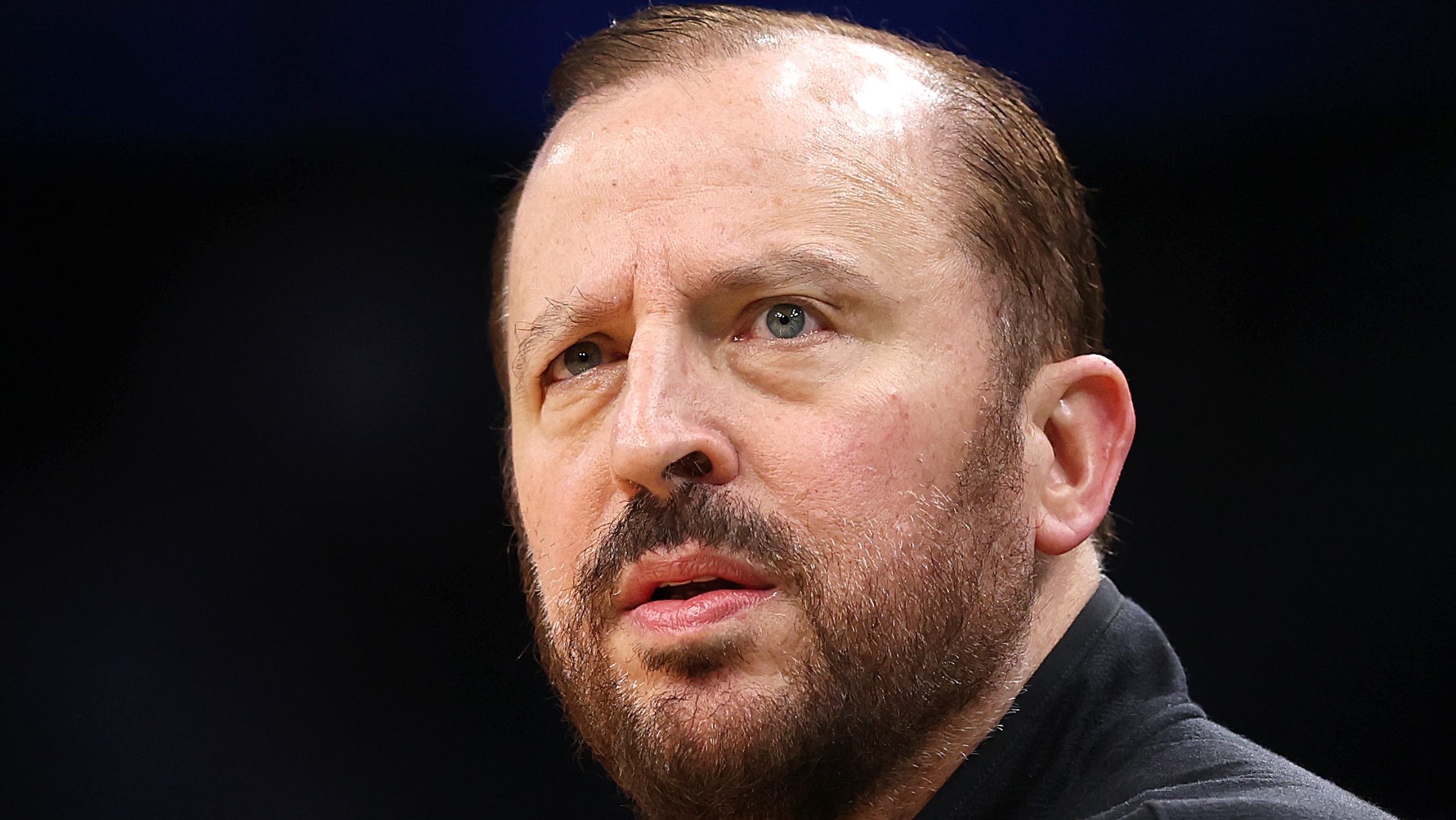Bussiness
Bridge to Disaster: How Coast Guard Apathy is Sinking A New York Tugboat Business

by Captain John Konrad (gCaptain) On a crisp morning that should have promised smooth sailing, Captain Mike Vinik found himself staring at a maze of steel and concrete where open water used to be. The familiar currents of the Hackensack River now led straight into a construction site’s labyrinth, turning what was once a routine voyage into a high-stakes game of nautical Tetris.
“Every day, it’s like threading a needle while the eye keeps shrinking,” Vinik muttered, his gaze fixed on the colossal structure inching its way across the horizon. Mike Vinik has navigated these waters for decades, ferrying vital cargo up and down New Jersey’s arterial river. But lately, the journey has become a perilous adventure, courtesy of the ambitious—and some say reckless— $2.3 billion New Jersey Transit and Amtrak Portal Bridge Replacement Project.
The project, helmed by construction giant Skanska, aims to modernize a critical railway link between Newark and New York City. In theory, it’s a noble endeavor promising smoother commutes and economic growth. In practice, it’s a quagmire of bureaucratic oversight and engineering miscalculations that’s choking the life out of the river’s commercial traffic.
“Progress is good,” Vinik acknowledged, gripping the wheel a little tighter. “But not when it sinks the very businesses that keep this region afloat.”
A River Runs Through Bureaucracy
The troubles began long before the first pile was driven into the riverbed. Officially, the project had undergone all the requisite environmental and navigational assessments. Unofficially, it seemed as though the planners had forgotten that the Hackensack River wasn’t just a blue line on a map but a bustling waterway teeming with commercial activity.
For over a decade, documents and notices trickled out from various agencies, each more opaque than the last. Public meetings were held, but invitations seemed to have been lost at sea. Key stakeholders like VinikMarine Services, Spectraserv Inc, and even local sewage authorities were left in the dark, discovering critical updates only when construction cranes appeared on their horizons.
“Imagine waking up one day to find your driveway blocked by a construction crew you didn’t know was coming,” Chuck GraBois – Port Captain for Vinik Marine Services – told gCaptain, his frustration palpable. “Now imagine that driveway is your livelihood.”
Navigational Hazard Meets Legal Quagmire
The heart of the issue lies in the shrinking navigable channel beneath the existing Portal Bridge. Originally offering a horizontal clearance of 91.5 feet, the channel is now constricted by massive barges and equipment that have no business being there—or so argue the maritime companies affected.
Legal representatives from Blank Rome, acting on behalf of Vinik Marine and others, have fired off a series of letters to the U.S. Coast Guard, citing violations of the Rivers and Harbors Act. The law is clear: obstructing a federal navigable channel is a criminal activety. Yet, despite the mounting evidence and growing concerns, the Coast Guard’s response has been tepid at best.
“They have weaponized the shoulder shrug“
New York Tugboat Crewmember
“It’s like reporting a fire and being told that the department will look into it after lunch,” quipped one captain who wished to remain anonymous. “By then, everything’s already up in flames.”
The obstruction isn’t just a matter of legal hair-splitting; it’s a tangible danger. Barges carrying tons of cargo now have to navigate perilously close to construction equipment, increasing the risk of collisions and environmental disasters. The situation is further exacerbated by confusing and often contradictory notices to mariners, leaving captains to make split-second decisions in increasingly hazardous conditions.
The Domino Effect on Essential Services
The chaos isn’t confined to the shipping companies. Essential services like waste management are caught in the crossfire. Spectraserv Inc, which relies on the river to transport waste materials efficiently, now faces delays and increased operational costs. The Bergen County Utilities Authority and the Passaic Valley Sewage Commission, both dependent on timely waste removal, are feeling the ripple effects.
“When waste doesn’t move, everything backs up—literally and figuratively,” said one waste management professional. “We’re talking about public health concerns piling up because someone didn’t plan properly.”
A River of Discontent Below the Surface
The story takes another twist with new allegations brought forward by a former senior NJ Transit official, Mohammed Nasim. Nasim who, according to Trains Magazine, was fired in October 2023 from his role overseeing the Portal Bridge Replacement Project, claims the agency ignored his repeated warnings about design defects that could have dire consequences. His concerns reportedly included track settlement issues, construction too close to the existing corridor, and navigational hazards in the Hackensack River—concerns that resonate deeply with the maritime companies now struggling to operate in the increasingly constrained waterway.
Nasim, who has over 34 years of experience, claims he was retaliated against for raising alarms about these safety concerns. He specifically cited potential dangers to rail passengers, including the risk of derailments, as well as wasted taxpayer dollars due to flawed construction practices. In one instance, Nasim’s boss allegedly told him to “shut up” about these issues.
This lawsuit, filed in Essex County’s Superior Court, has added fuel to the fire for those already questioning the project’s oversight and safety protocols. For captains like Vinik, it feels like more proof that critical voices are being drowned out by a bureaucracy that is moving too recklessly.
A Call Echoing Across Silent Waters
Despite the mounting evidence and increasingly desperate pleas, the response from authorities, especially the US Coast Guard, has been a deafening silence. Requests by Vinik Marine for site visits, safety evaluations, and inclusion in planning meetings have been met with bureaucratic runarounds and vague assurances that “everything is under control.”
But for those whose livelihoods depend on the Hackensack River, control seems to be the last thing anyone has.
“We’re not asking for the moon here,” GraBois emphasized. “Just for the right to do our jobs safely and efficiently, something that used to be a given before this project threw everything into disarray.”
It’s not a a local problem, it’s national
The underlying problem is not unique to New York and New Jersey. Congressman Brian Mast has been a vocal critic of the U.S. Coast Guard’s handling of bridge operations in Florida, particularly in relation to the St. Lucie River railroad bridge. The primary issue revolves around the increased closures of this bridge due to the expansion of Brightline, a high-speed rail service. These closures have severely restricted vessel access, potentially allowing as little as 90 minutes of passage in a 15-hour period. In several hearings Mast has accused the Coast Guard of being “complicit” in prioritizing rail traffic over maritime access, which he argues jeopardizes not only commercial and recreational boating but also emergency response operations.
Despite his efforts to secure assurances from the Coast Guard that they would protect boater access, Mast has expressed frustration at the lack of commitment from USCG officials to address these concerns fairly.
“I was hoping that Admiral Fagan would take this opportunity to assure me, and the rest of Florida’s 21st district, that she will listen to the concerns of the people impacted by this decision and find a good solution for the bridge,” said Mast in a statement released after a contentious hearing with the USCG Commandant Linda Fagan. ” Unfortunately, I didn’t get those assurances. She refused to commit to anything resembling fairness for the marine industry and boaters who depend on access to both sides of the bridge.”
Mast has been highly critical of other maritime projects too, from domestic bridges to military piers far oversea in Gaza but what seems most frustrating to people like Vinik, GraBois, and several congressmen gCaptain has interviewed is the US Coast Guard, US Maritime Administration and Secretary Pete Buttigieg’s apparent lack of concern over a wide array of issues fundemental to the maritime industry.
Also read: New York’s Ever Given Crisis Is Bigger Than Egypt’s But Buttigieg Sits Silent
“They just don’t seem to give a damn,” said one tugboat crewmember. “The Coast Guard doesn’t care. Federal, state and local politicians—none of them care. They’ve weaponized the shoulder shrug. They delay our mariners’ documents and medical filings for months, and nobody’s held accountable for delays or breaking laws. So nobody cares.”
The bigger question is: if the US Coast Guard stonewalls Congress, journalists, and large maritime law firms like Blank Rome, then what hope does a small family tugboat operator like Vinik Marine have?
Bridging the Gap Before It’s Too Late
As the Portal Bridge Replacement Project trudges on, the question remains: at what cost? Modernizing infrastructure is undoubtedly essential, but so is preserving the economic ecosystems that have thrived alongside these waterways for decades.
Critics suggest even with the river problems, the Portal North Bridge project is expected to create approximately 15,000 jobs and add billions of dollars to the local economy. Additionally, by improving rail service reliability and capacity, the project aims could enhance regional connectivity and promote long-term economic opportunities for the area
Also read: Valor Ignored: Pete Buttigieg’s Shameful Neglect of US Sailors Under Fire
The solution isn’t to halt progress but to ensure it’s inclusive and considerate of all affected parties. This means immediate action from the U.S. Coast Guard to enforce existing laws, transparent communication from construction firms, and a seat at the table for maritime stakeholders who have been sidelined for too long.
As the sun sets over the troubled waters of the Hackensack River, captains like Vinik and GraBois can only hope that their voices will finally carry beyond the steel and concrete walls rising around them.
“Bridges are supposed to connect,” Vinik mused, gazing at the construction silhouetted against the evening sky. “Right now, this one is dividing us more than ever.”
It’s time for the authorities to navigate these troubled waters with the care and attention they deserve before the river’s lifeline becomes a permanent dead end.
Unlock Exclusive Insights Today!
Join the gCaptain Club for curated content, insider opinions, and vibrant community discussions.










